2018-10-28
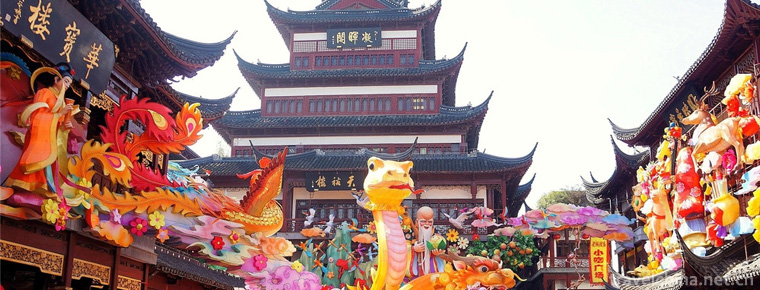
- By ChinaWiki.net
- Chinese Edition
- 2018-10-12
Town God's Temple, Shanghai, is located in Shanghai's Huangpu District Fang Bang Road, one of the three major temples of the Yangtze River. City God, also known as City God, City God. It is one of the most important gods worshipped in Chinese religious culture. It is served by the heroes of famous ministers who have made contributions to the local people. It is also the God of guarding the city by the Chinese people and Taoism.
The legend of Town God's Temple in Shanghai was built by Sun Hao, a master of the Three Kingdoms, and was transformed into Town God's Temple during the Ming and Yongle years. The front hall offered sacrifices to Lord Huo Guang, General Bolu Hou of Jinshan Shenhan, and the main hall offered four pieces of edification to show the gods of the city of Yobo to prepare the imperial history of Qin Yubo. The rear hall was a dormitory palace. There is a memorial archway built in 1535, and the stage was built in 1865.
The temple hall of Shanghai Chenghuang Temple is a large-scale building in the South with red walls and mud tiles. Now the main building of the temple is composed of the square in front of the temple, the hall of the Yuan Dynasty, the temple of the God of wealth, the hall of Cihang, the hall of the city goddess and the temple of the empress.
Located in the most prosperous and famous Yuyuan scenic spot in Shanghai, Shanghai Chenghuang Temple is an important Taoist temple in Shanghai. It was built in Yongle (1403-1424) of the Ming Dynasty and has a history of nearly 600 years. Shanghai and Town God's Temple also experienced ups and downs.

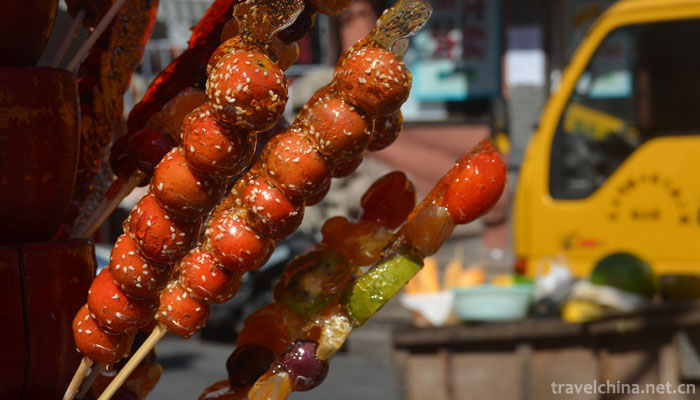
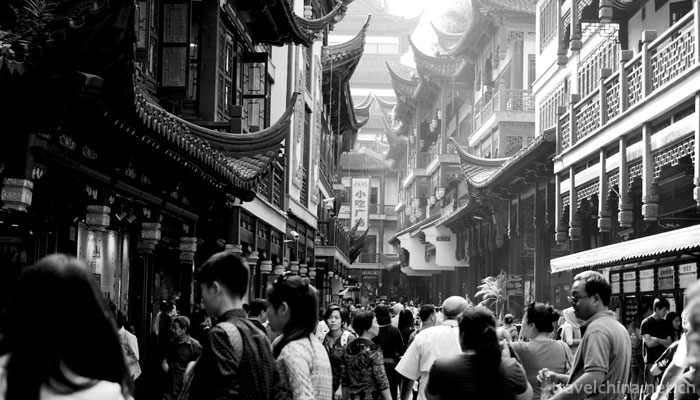
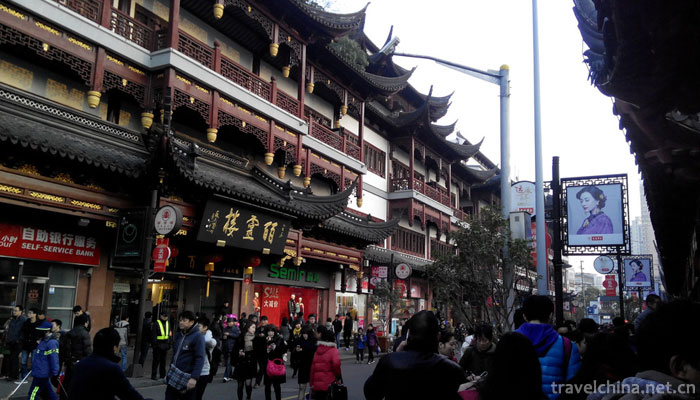
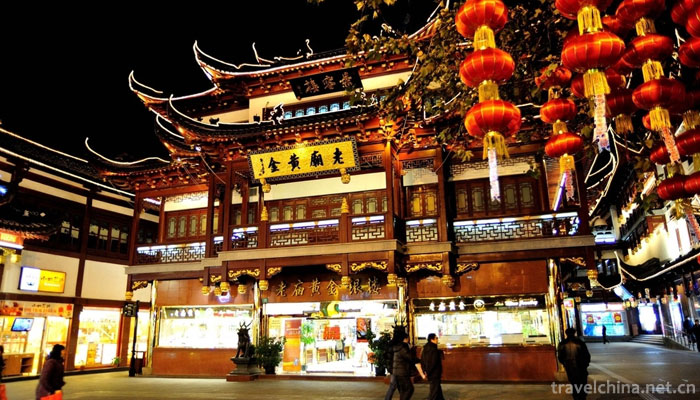
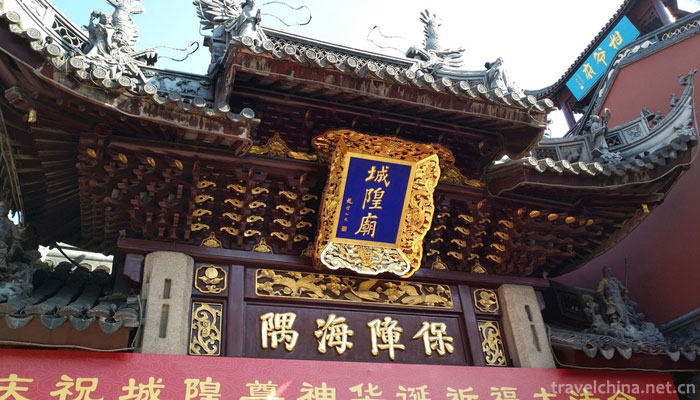
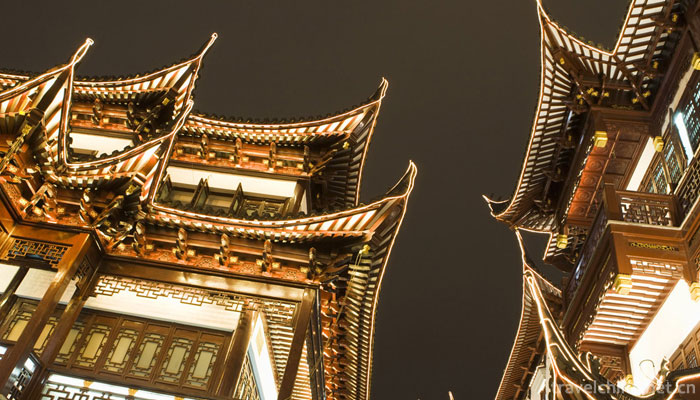
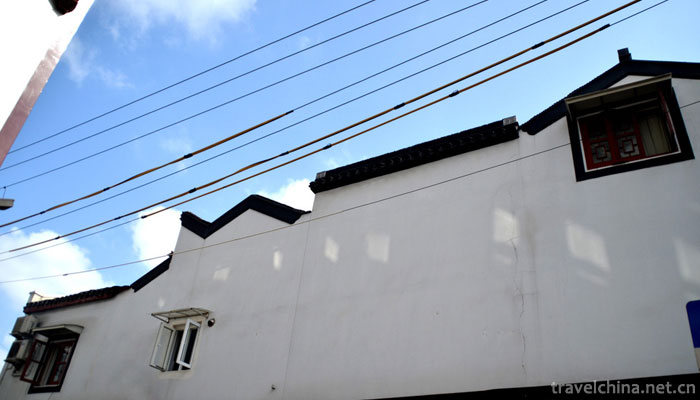
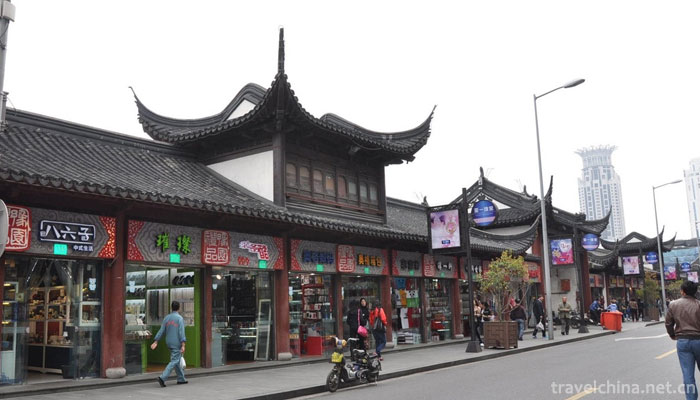
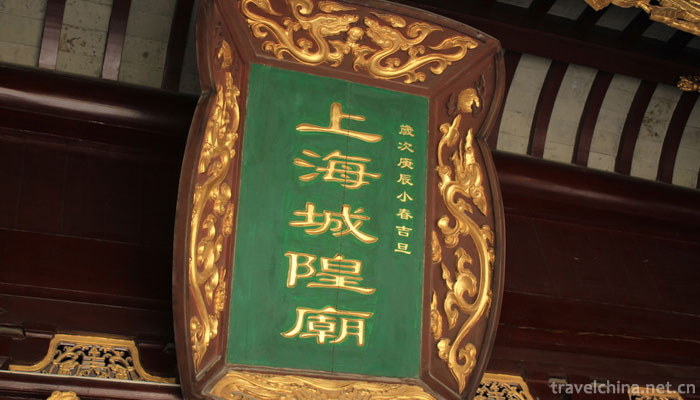
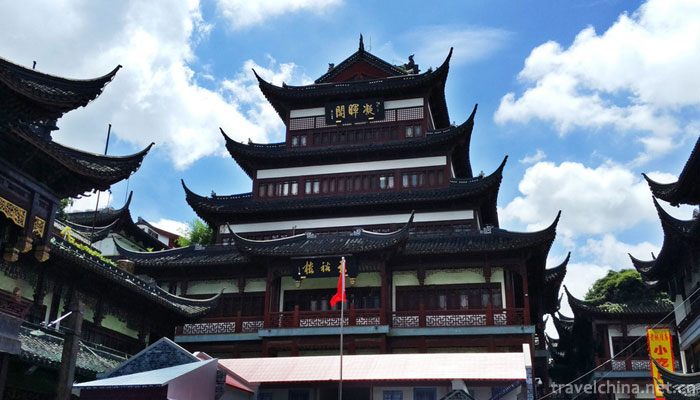
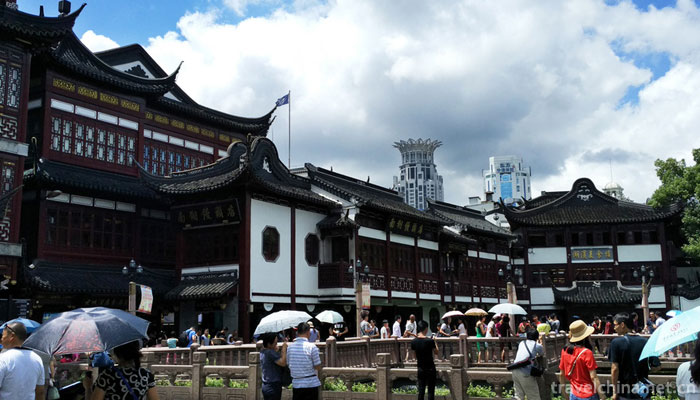
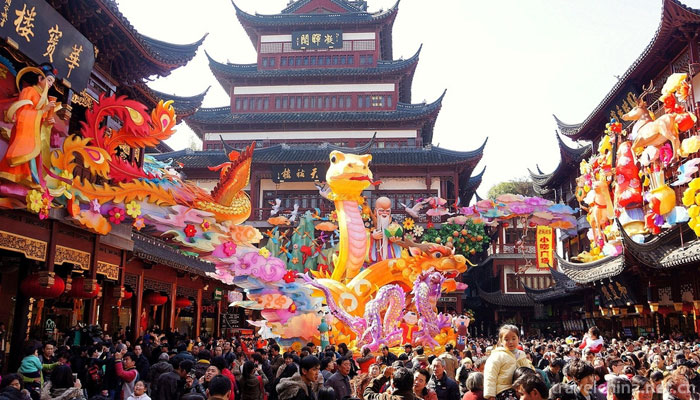
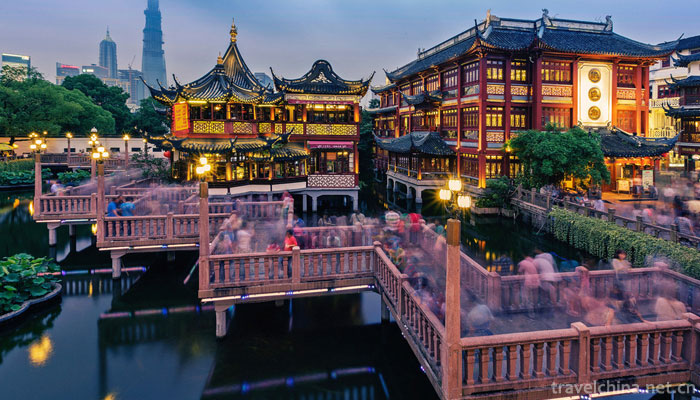
Ask a Question
Your email address will not be published.
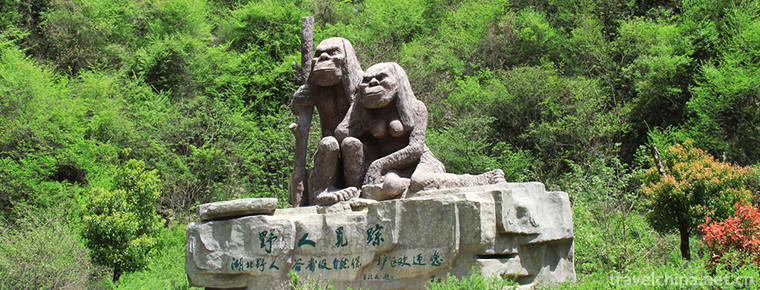
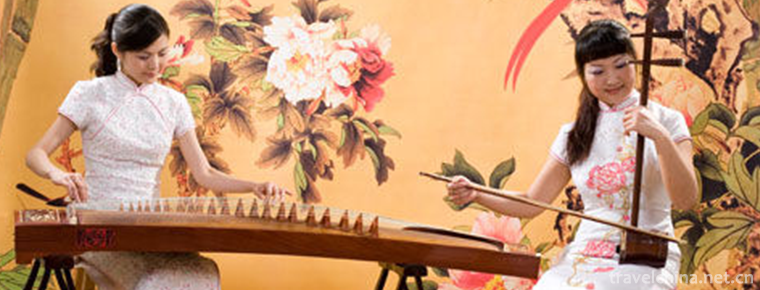
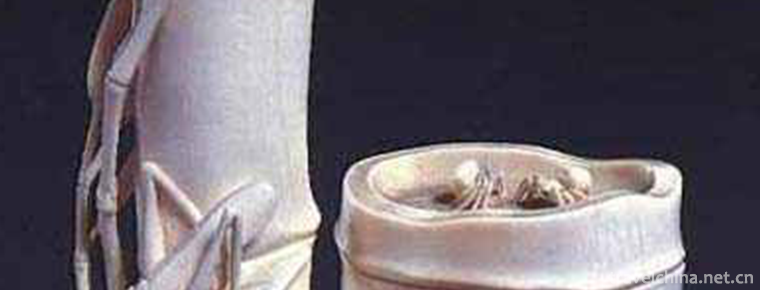
0 Questions